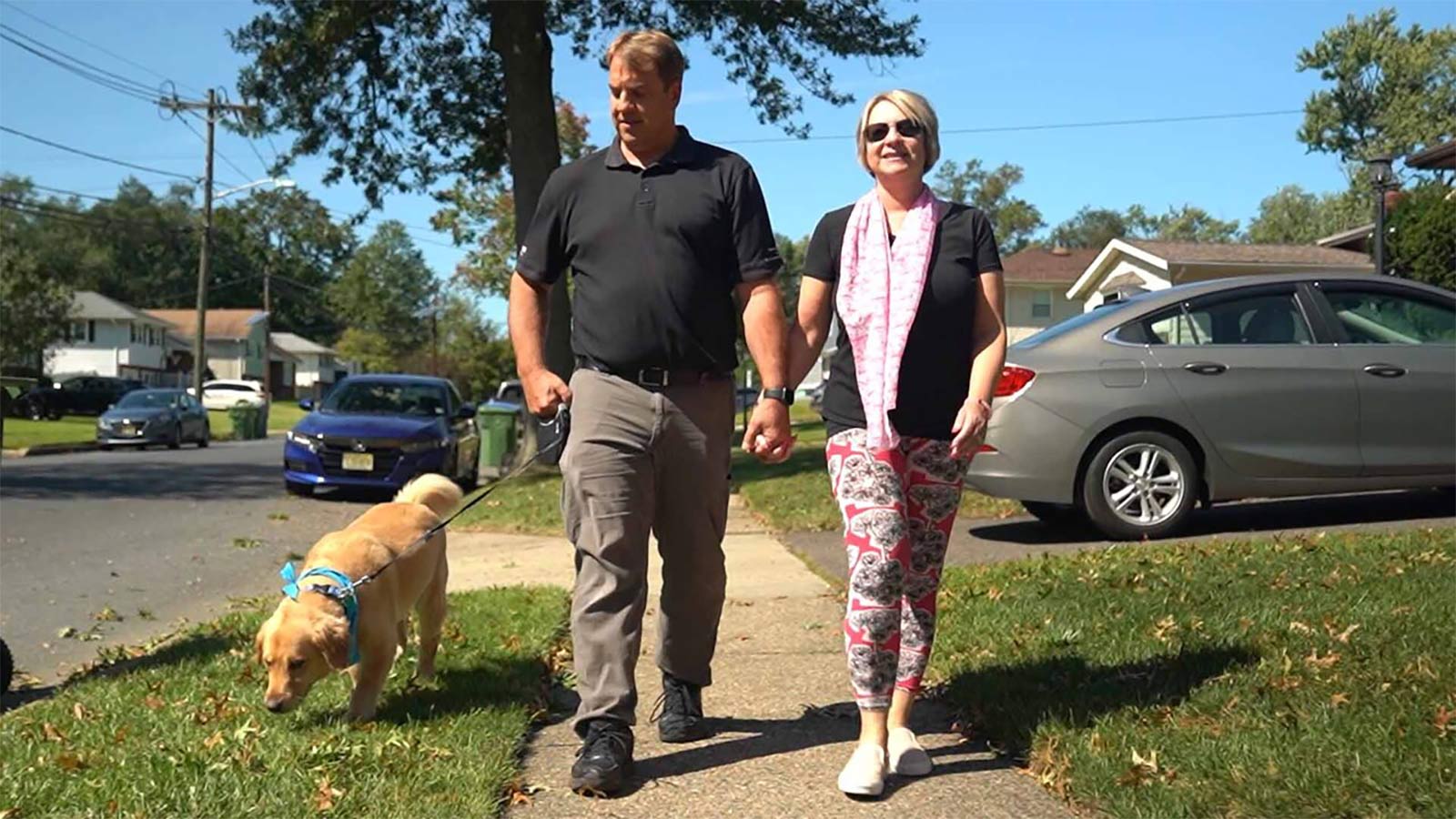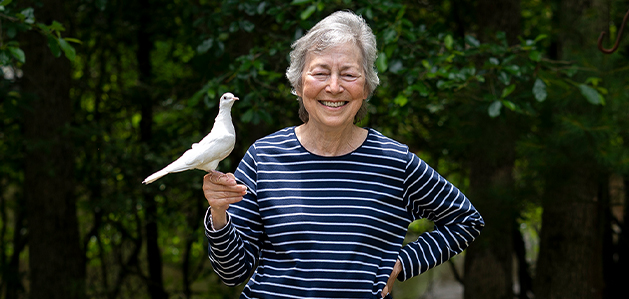How Is Breast Cancer Diagnosed?
Once you or your healthcare provider find a suspicious area in your breast, it will be necessary to do further testing or to conduct a biopsy.
Breast cancer screening with mammograms helps determine suspicious areas before breast cancer symptoms may be felt. Once you or your healthcare provider find a suspicious area in your breast it will be necessary to do further testing to determine if there is a cancer in your breast. Your doctor will want to do a biopsy to remove cells or tissues from the breast that will then be examined by a pathologist under a microscope to see if there are any cancer cells present.
There are two different ways to do a biopsy—with a needle or with surgery. A needle biopsy samples the suspicious area to determine what it is and a surgical biopsy removes the questionable area to look at it under the microscope. With either a needle biopsy or surgical biopsy, if the area cannot be felt, then it will be necessary to use an imaging procedure (mammogram, ultrasound or MRI) to identify the area for biopsy.
Fine needle aspiration biopsy (FNAB)
This technique uses a thin needle to remove fluid or cells from a lesion for biopsy. This is the least invasive approach to biopsy, but also gives the smallest specimen for the pathologist to examine which may not be enough to make a definite answer.
Core needle biopsy
This technique uses a hollow needle which can remove pieces of the tissue in an abnormal area. Sometimes this needle also uses a vacuum to remove even larger pieces of the tissue.
Surgical biopsy
This procedure removes the area of concern to look at it under the microscope. This is usually done in an outpatient surgery center with local anesthesia in the breast and sedation given in an intravenous.
Image guidance for biopsies
Stereotactic
This approach uses the mammogram to guide a core needle for biopsy. The patient lies on her stomach on a table underneath which is mammography equipment linked to a computer. This allows three-dimensional localization of the abnormal area as it is seen on the mammogram.
Ultrasound
This can be used to guide a needle into the area of concern, or it can be used to guide an excisional biopsy. Ultrasound uses sound waves to identify areas of concern in the breast. The patient lies on her back with this approach.
MRI
This is a technique which uses magnetic fields to create images of the breast. It requires the use of an intravenous contrast material. The patient lies on her stomach for the procedure. The MRI is used to guide a biopsy of areas in the breast which cannot be felt or seen with the mammogram or ultrasound. The MRI can be used to guide a core needle biopsy or wire localization for excisional biopsy.
Wire or needle localization
This means using an imaging technique to guide a wire or needle into an area in the breast which cannot be felt. This allows precise localization for the surgeon to then remove that area by following the wire or needle to the area.
Remember there are reasons why one biopsy approach may be recommended over another in a given situation and you should discuss this with your physician. Generally an effort is made to make the diagnosis with a needle biopsy and use surgery for the treatment of breast cancer. This may not be possible in all situations and again should be discussed with your physician.
There's So Much More to Explore
Discover expert insights, inspiring stories, health tips, and more by exploring the content below!

HeartTalk Magazine

Baseball Coach Turns Male Breast Cancer Surprise into Personal Mission

Young Breast-Cancer Survivor Has New Hope for Healthy Future

Is Cancer Hereditary? What You Need to Know About Your Genetic Risks

Your Guide to Mammograms: When to Get Screened and What to Know

5 Key Facts About Proton Therapy for Cancer Treatment

3 Changes You Can Make Today to Lower Your Cancer Risk

A Lung Cancer Screening Could Save Your Life

10 Reasons To Schedule Your Colonoscopy Today

Is an At-Home Colon Cancer Test a Good Alternative to a Colonoscopy?

The HPV Vaccine: A Powerful Shield Against Cervical Cancer

How Does Breast Density Affect Your Mammogram?

Breast Cancer Diagnosis Inspires Catherine to Help Others
Firefighter's Successful Lung Cancer Care at Virtua

A Breast Self-Exam Saved Kristen's Life

Protect Your Child From HPV and Related Cancers

Rectal Cancer Surgery Gets Eileen Back to her Magical Life | Virtua Health
Robotic Surgery Helps Shelly Haney Return to Her Happy Place

